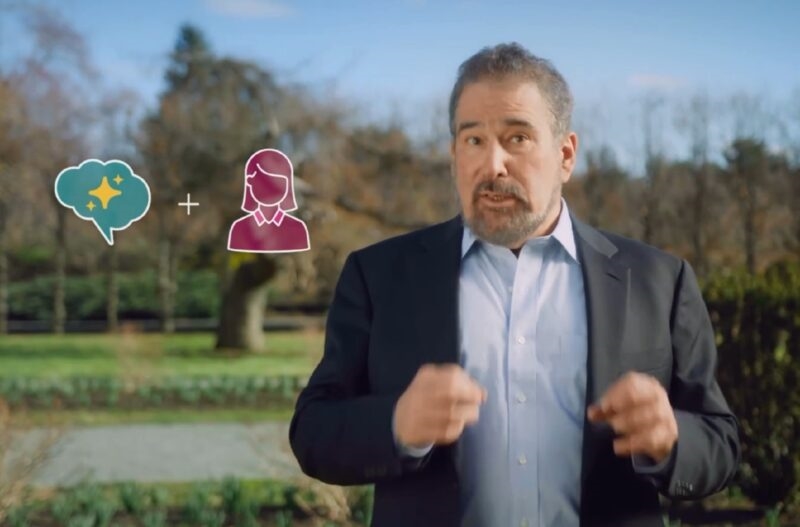Pega releases new products, adds low-code capabilities
Pega is supporting the work of citizen developers, while aiming to solve for the complexity that creates
Following last month’s announcement of enhanced AI capabilities, the BPM to CRM platform Pega today revealed a series of further product enhancements to coincide with its virtual Pegaworld Inspire summit. These included a new release of the Pega Infinity platform by the end of Q2 and new low-code capabilities, empowering citizen developers to design UI for apps.
The theme running through these announcements is, as Pega CEO Alan Trefler put it, “crushing complexity.” He said: “Pockets of low-code citizen developers will continue to spring up across the enterprise.” This is a positive development, but will lead to an explosion of apps, systems and processes.
Pega Infinity announcements. A key element in addressing this complexity is Pega Process Fabric, previously available on a limited basis, but available to all users with the new platform release. Fabric establishes workflows across applications, allowing users to manage all their work in a unified worklist in a single location, eliminating constant screen and system switching.
Fabric doesn’t just stitch together workflows from Pega apps, but allows plug ins from third-party apps such as Salesforce. AI powers prioritization of tasks.

Help for citizen developers. Pega also boosted its low-code offering, adding out-of-the-box best UX practices to its app authoring capabilities. The aim is to make UI and app design accessible to business teams as well as professional developers. Assistance to citizen developers includes re-usable design templates, and the opportunity to set up automated brand guidelines across the app.
No-code and low-code are drawing a lot of attention right now, especially with business users working remotely and patching together apps and other solutions to improve their productivity. We asked Don Schuerman, whether there was a real difference between low-code and no-code, and whether citizen developers using Pega do need some coding skills.
“My personal opinion,” he said, “is that this low-code/no-code distinction is a lot of marketing chatter. What we really focus on is supporting the full spectrum of needs for our client. I think there are things our clients want to do that are low-code or maybe even no-code in nature, but what it really is is enabling citizen developers within an enterprise to build things on their own — but making sure the guard rails are in place; make sure that re-usability and security are accounted for, sustainability and ongoing maintenance are accounted for.”
The ambition, Schuerman said, is to have low-code in the distributed citizen developer model scale up to tackling major business objectives. “We are focused on supporting that spectrum of empowered citizen developers within a set of guard rails, all the way through to collaborative teams of IT and business working together to solve mission-critical problems.”
Watch Scott Brinker discuss no-code at MarTech
Other announcements. Among other features accompanying the new Infinity release will be:
- Advanced messaging capabilities allowing businesses to offer customers a wide range of channel choices (WhatsApp, Facebook Messenger, Twitter, etc) through a single website widget;
- New microjourneys for the finance, insurance, and communications industries with preconfigured service cases; and
- Simpler configuration of customer service features like virtual assistants, search, and customer verification.
Why we care. Almost 40 years in the business process space contributes to Pega’s strong differentiation from Salesforce and other players in customer experience management. What’s distinctive is what Trefler calls a “center out” approach, placing AI-driven decisioning at the heart of the Pega offering, with front-end channel choice and back-end data management as essential but secondary elements in the platform.
Pega’s proposition to marketers is that it’s time to trade preconfigured customer journeys and pre-set campaigns for the ability to meet customers with next-best-actions in real time. Right or wrong, it’s a singular vision.
This story first appeared on MarTech Today.
Marketing Land – Internet Marketing News, Strategies & Tips
(46)



